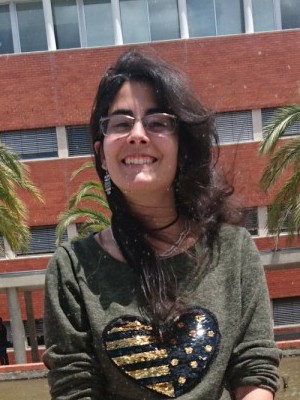resumo
The mining of Rare-Earth Elements (REE) is an unsustainable practice that raises environmental, economic, and societal concerns. As a result, there is a need to develop suitable technologies for the removal of these elements from contaminated waters. Sorption is a clean and efficient method for decontaminating water, and microporous titanosilicates have shown promise for REE removal. However, the influence of solution parameters on this process remains poorly understood. In this study, the effect of pH (4-8), concentration (1-5 mu M), and sorbent amount (20-180 mg L-1) on the removal of a mixture of REE3+ (Y, La, Ce, Pr, Nd, Eu, Gd, Tb, Dy) from water by the microporous titanosilicate ETS-4 (Na9Ti5Si12O38(OH)center dot 12H(2)O) was assessed. A Box-Behnken design was used to investigate the experimental conditions, and the results were presented as three-dimensional response surfaces. The removal mechanism involves the ion exchange of Na+ by REE3+, with pH being the main variable in the process due to competition with H+. Increasing pH resulted in higher removal, with 100% removal achieved at ETS-4 amounts of 180 mg L-1 and REE concentrations of 1 mu M. Most REE3+ removal occurs within the first 15 min, with little difference between metals (except for Y, which exhibits lower removal). At ETS-4 amounts of 20 mg L-1, REE are highly concentrated in the sorbent, reaching 145 mg g(-1) (15% of the sorbent's mass, postsorption). These results demonstrate that even low amounts of ETS-4 have the potential to remove high concentrations of REE3+ from aqueous solutions with pH levels similar to those found in natural systems.
palavras-chave
ADSORPTION; RECOVERY; HG2+; COMPOSITE; EXCHANGE; WATER
categoria
Chemistry; Science & Technology - Other Topics; Materials Science
autores
Pinto, J; Sousa, J; Tavares, D; Henriques, B; Viana, T; Ferreira, N; Rocha, J; Pereira, E
nossos autores
Projectos
Collaboratory for Emerging Technologies, CoLab (EMERGING TECHNOLOGIES)
CICECO - Aveiro Institute of Materials (UIDB/50011/2020)
CICECO - Aveiro Institute of Materials (UIDP/50011/2020)
Associated Laboratory CICECO-Aveiro Institute of Materials (LA/P/0006/2020)
agradecimentos
This work received financial support from the European Union (FEDER funds through the Operational Competitiveness Program (COMPETE2020) - project No46998_N9ve-REE[BH1] and from PT national funds (FCT/MCTES, Fundacao para a Ciencia e Tecnologia and Ministerio da Ciencia, Tecnologia e Ensino Superior) through the CICECO-Aveiro Institute of Materials (UIDB/50011/2020 and UIDP/50011/2020), and REQUIMTE (UIDB/50006/2020 and UIDP/50006/2020) & LA/P/0006/2020.Joao Pinto thanks FCT/MCTES (Fundacao para a Ciencia e Tecnologia and Ministerio da Ciencia, Tecnologia e Ensino Superior) for his PhD grant ref. 2020.05323.BD Bruno Henriques thanks FCT (Fundacao para a Ciencia e Tecnologia) for funding through the Scientific Employment (Ref. CEECIND/03511/2018).





